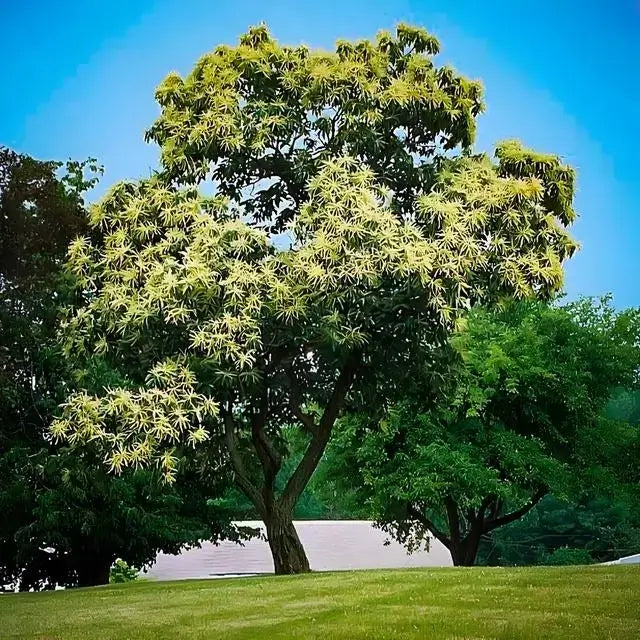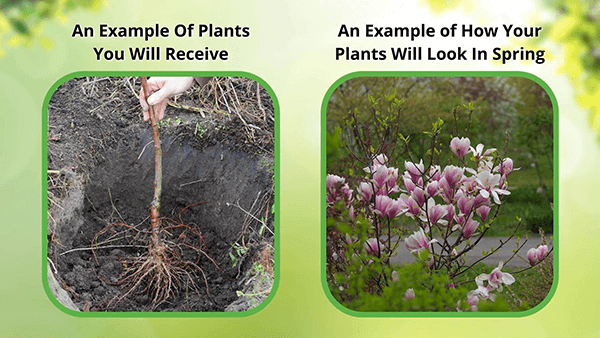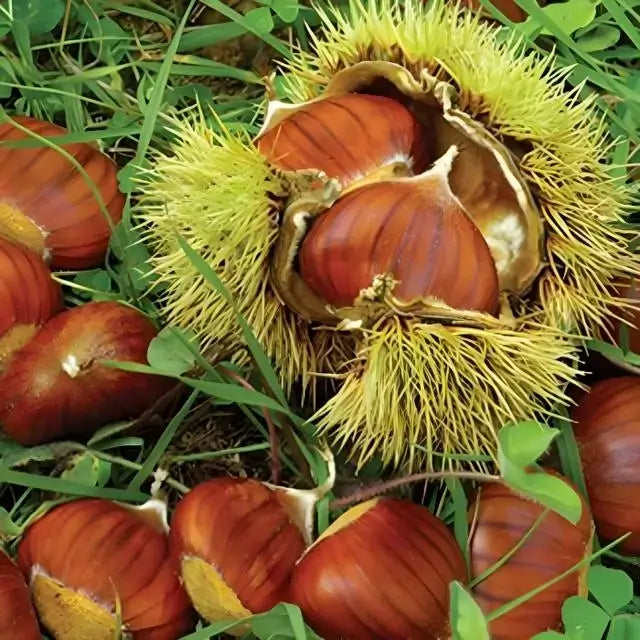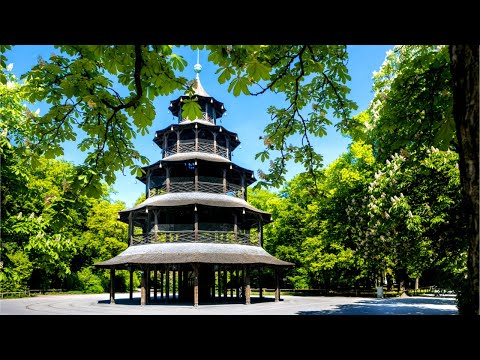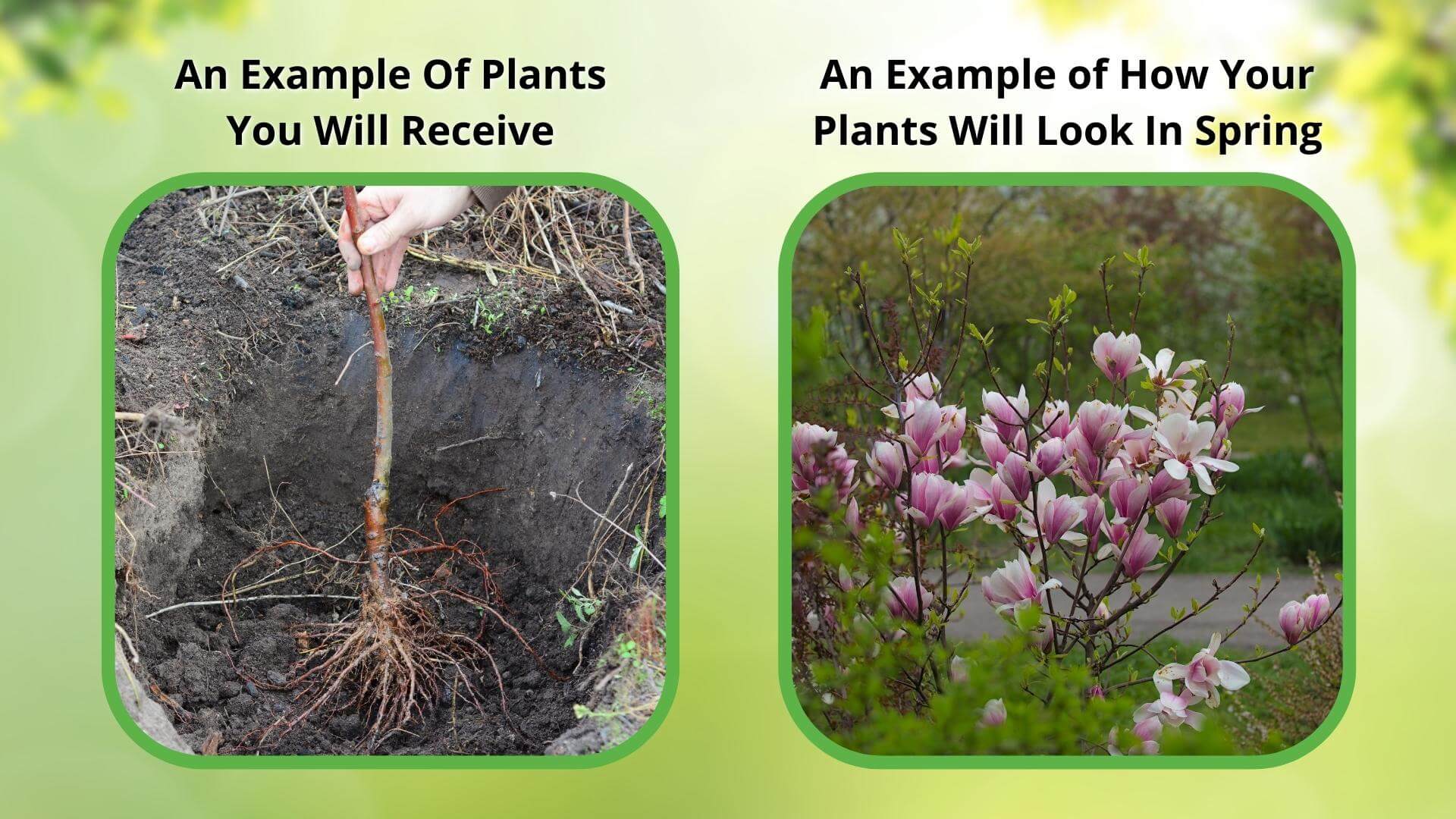Buy PQK Chestnut Trees For Sale - Castanea dentata ‘PQK’
PQK Chestnut Trees (Castanea dentata ‘PQK’) are excellent chestnut trees from the University of Missouri, hybridized from the Peach, Qing, and Kohr varieties. When you plant this tree, you can harvest the nuts, eat them fresh and roasted, and dry them to use throughout the year! Great for the environment, and great for your appetite!
Plant Details - Chestnut Trees
Family: Fagaceae
Light Requirement: Full Sun
Water Needs: Moist
Height: 25 – 35 ft.
Spread: 20
– 25 ft.
Growth Rate: Fast
Bloom Time: Spring
Flower Color: White
Wildlife Value: Attracts bees, butterflies and birds
Landscape Uses and Maintenance - Chestnut Trees
PQK Chestnut Trees are deciduous trees that has extraordinary wildlife value and landscape value. They produce sweet nuts at a much earlier maturity compared to other chestnut trees.
You can plant this tree to create a nuttery, as a shade tree, or in a native or woodland garden. Avoid planting this tree in high traffic areas where its nuts may be hazardous to passerby.
This tree will make a significant visual impact on your property, with its dark green leaves and ornamental white, feathery flowers that can be seen at a distance. This tree will reliably produce the chestnuts in burrs that are easily separated, with high yields.
Plant this tree in a location that has full sun and well draining soil. Avoid planting it in a location that has compacted or waterlogged soil where it will decline.
Make sure to water this tree until it is well established. Water it during periods of drought.
This tree will attract plenty of wildlife, including birds, small mammals, and butterflies that will eat its edible, sweet nuts from the ground. Make sure you get to the nuts first if you want to harvest them! Various pollinators are attracted to the flowers.
This tree is generally deer resistant once mature; however, you should be sure to protect it while it is young and vulnerable to browsing damage.
Noteworthy Characteristics of Chestnut Trees
PQK Chestnut Trees are resistant to unexpected frosts, anthracnose, and blight.
